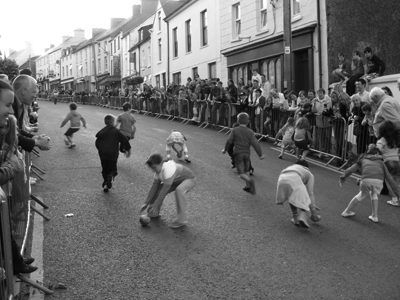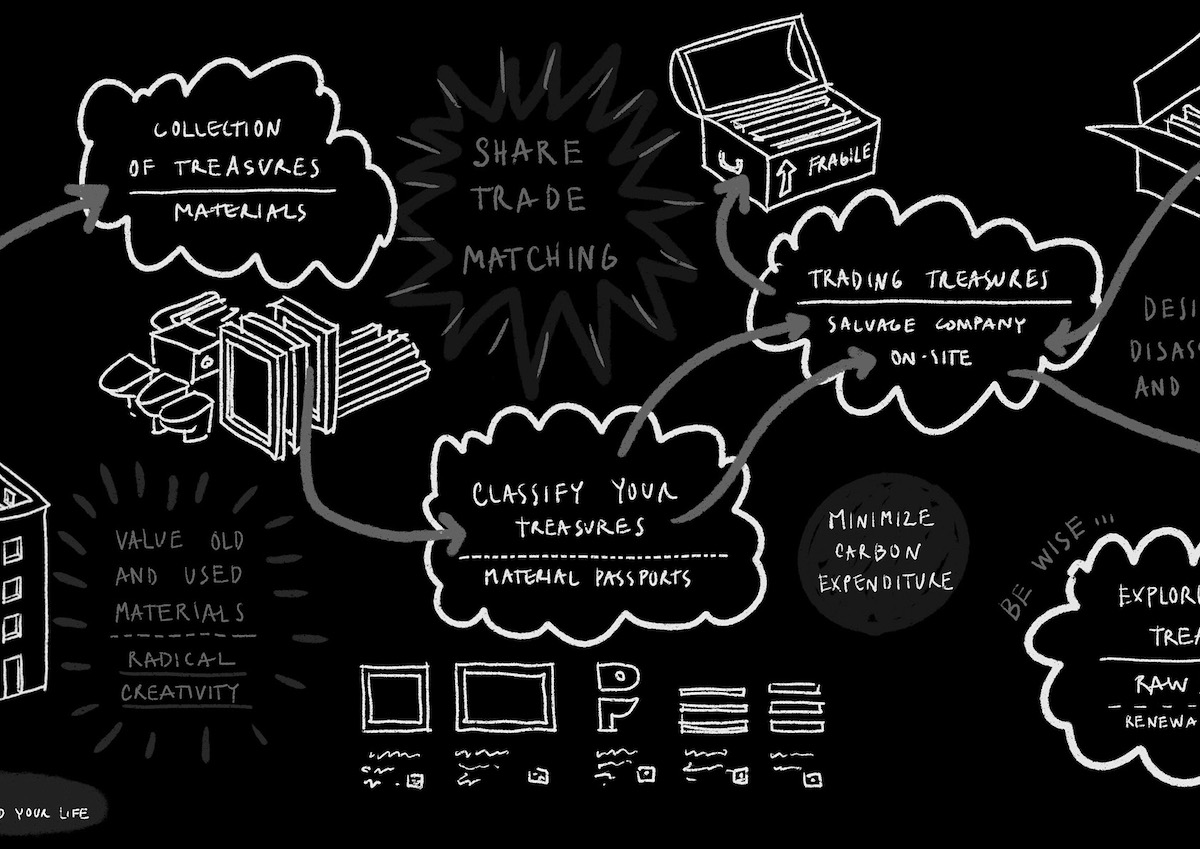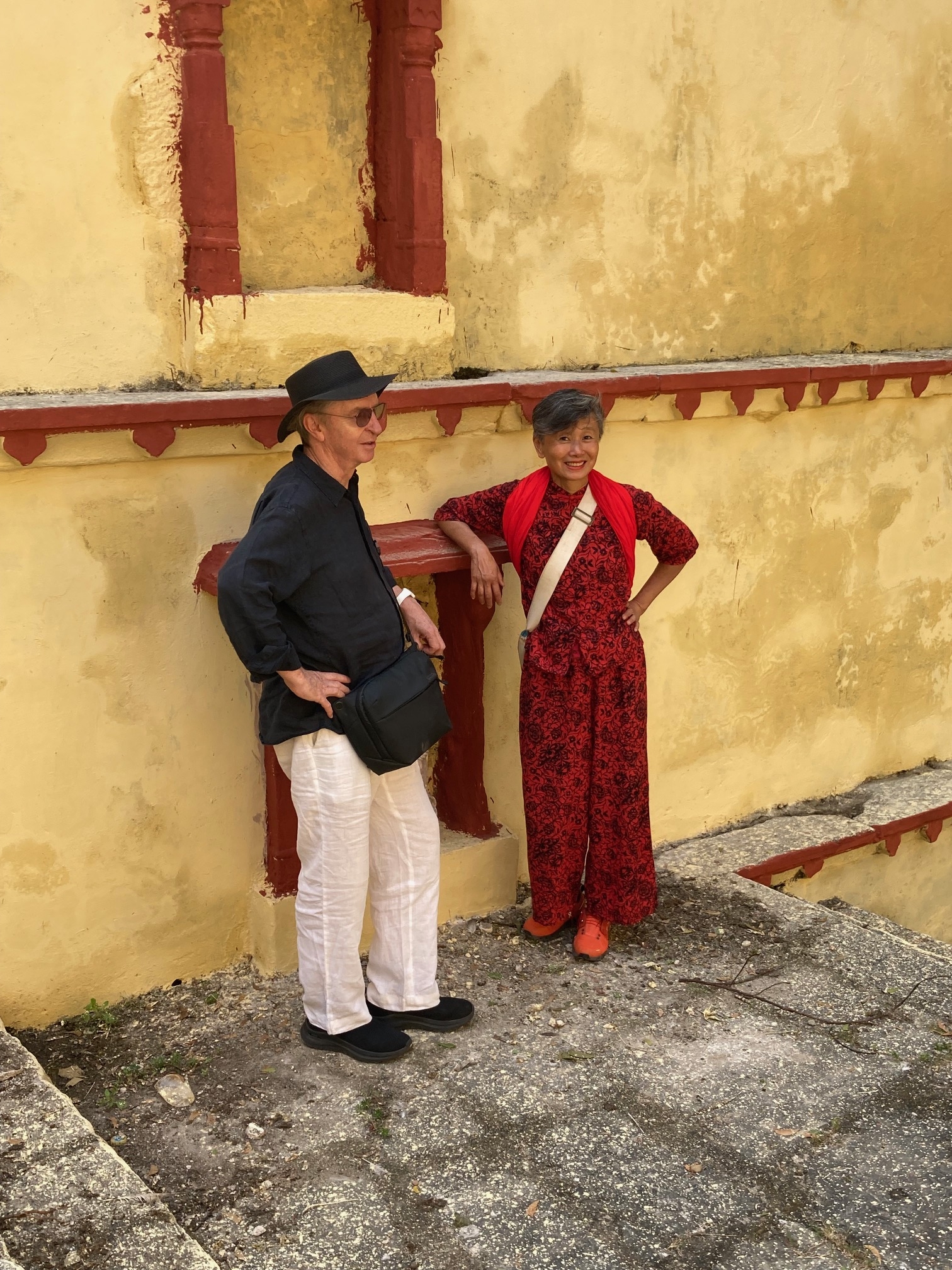Newly inaugurated RIBA president and director of Brady Mallalieu Architects, whose recent projects include Mastmaker Road in London’s Docklands (AT207).
I like cities near water. I like going into town and bumping into people I know. I like to get to know a place, with all its intricacies, and to discovering new things. I like towns and cities that are anchored in history but not set in aspic, that have a richness of culture and a great social life and that have lots of shared green spaces. And I love Dublin, the city where I was born.
Graduating in the recession of 1981, I left Dublin, along with 90 per cent of my class. I went to study community housing in wonderful Copenhagen, then worked for a year with Arthur Erickson in the thriving but conservative city of Toronto. I could have stayed, but I stopped off in London for 10 days to find a job and I have lived here ever since.
While holidays are an opportunity to seek out new and exciting places, they don’t have the calm that familiarity brings. If you want somewhere to relax then you need to know the place quite well, like where to find the best pint of Guinness, the best organic food, great art and be relatively low on carbon footprint. In recent years I have found myself returning to my Irish roots and preferring a small town in the back of beyond to the hustle and bustle of London.
I feel the magnetic pull of West Cork. My ancestral roots are in Castletownbere on the Beara peninsula, home of my clan, the O’Sullivan Beres, who ruled until the Siege of Dunboy in 1602. Two peninsulas away on Mizen Head is Ballydehob (Béal an Dá Chab, meaning ‘mouth of the two river fords’), a microcosm of Irish local history, legends and folklore. Today this small, hilly town has a population of about 200 with 1,000 more in the surrounding area, but before the great famine there were 20,000, many working the copper mines. The harbour-front 12-arched stone bridge once supported a railway line, but it was surpassed in the 1960s by roads. The main street is narrow and curved with a few side streets, and the colours are muted compared to more gregarious Kinsale. At its centre is a bronze statue of local hero Danno O’Mahony who won the world wrestling title in Boston in 1935 but tragically died in a road accident at just 38. The surrounding area is covered in Celtic remains and the coastline has a string of castles including Kilcoe, which was restored by actor Jeremy Irons.
Despite many closures in recent years, Ballydehob still boasts seven pubs. Rosie’s serves the best pint of Beamish in West Cork, and a handful of restaurants serve great local food. We recently went on a ‘local walking tour’, expecting a historical overview of the town, but three hours later we were 400 metres up above the mine shafts of Mount Gabriel, exhausted but exhilarated by the panoramic views to Fastnet.
West Cork has long attracted those in search of an alternative lifestyle away from the rat race, where the houses were cheap and the land fertile. In the 1960s Ballydehob saw an influx of artists, writers and craftspeople, including the German-born potter Christa Reichel, who opened the Flower House. A number of hippy communes were established in the area, and still today the area attracts dozens of artists. The quality of daylight brings out the natural colours of the landscape and the clear night sky, unpolluted by city lights, reveals thousands of stars. Our house and studio, three miles outside Balydehob, and also once owned by Reichel, was a hotbed of activity in the Arts & Crafts period, and it still inspires our guests to paint.
There is a shared concern for the environment and lots of people have built eco houses. Local produce is valued and food markets thrive, matching anything in the south of France. A number of communities in West Cork are working towards becoming self-sufficient and self-organising Transition Towns.
With seven festivals a year Balydehob is quite a party town, with events ranging from sailing regattas and jazz concerts to crab racing and the turnip racing world championship.
It is the people and their way of life more than the built environment that interests me most about the towns of West Cork. Its a lesson for us as architects that a small community such as Ballydehob can foster a sophistication and quality of local cultural life far beyond the ambition of towns many times its size.
First published in AT221, September 2011















